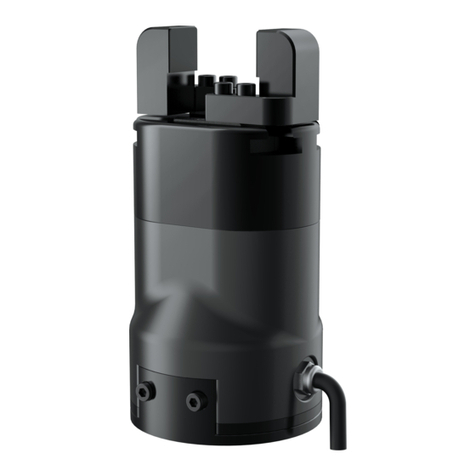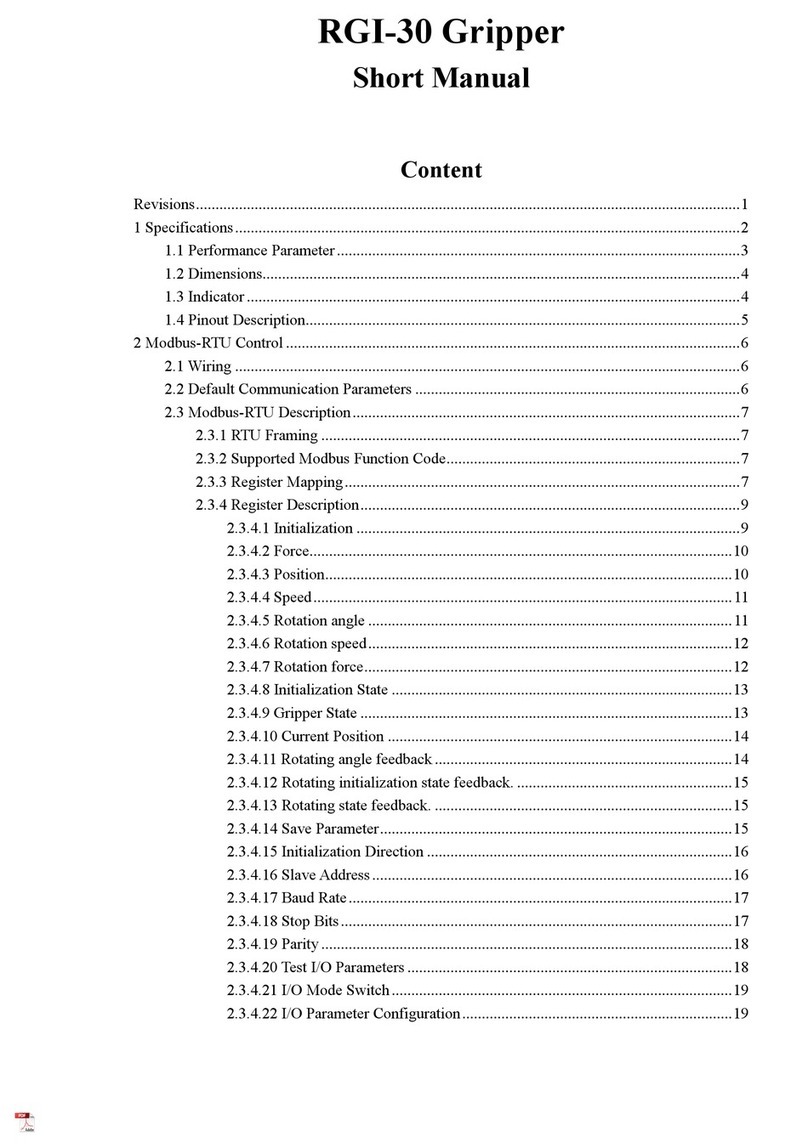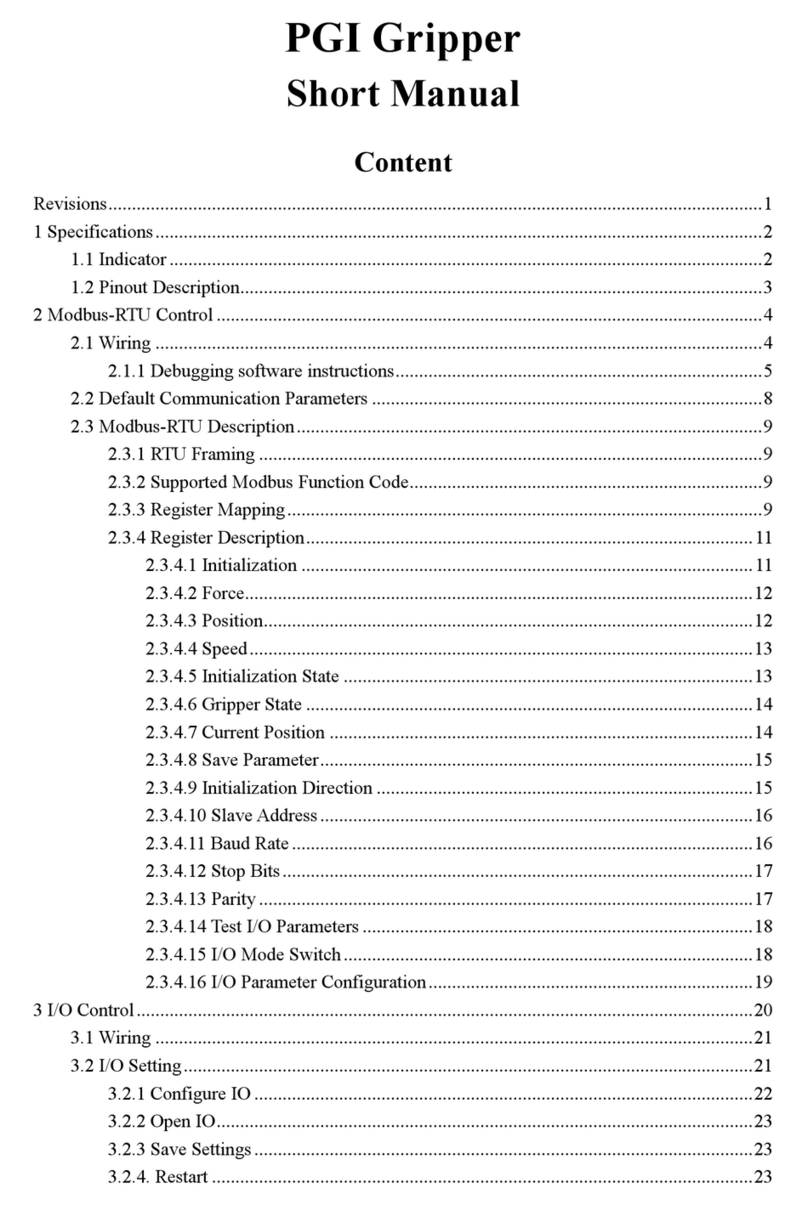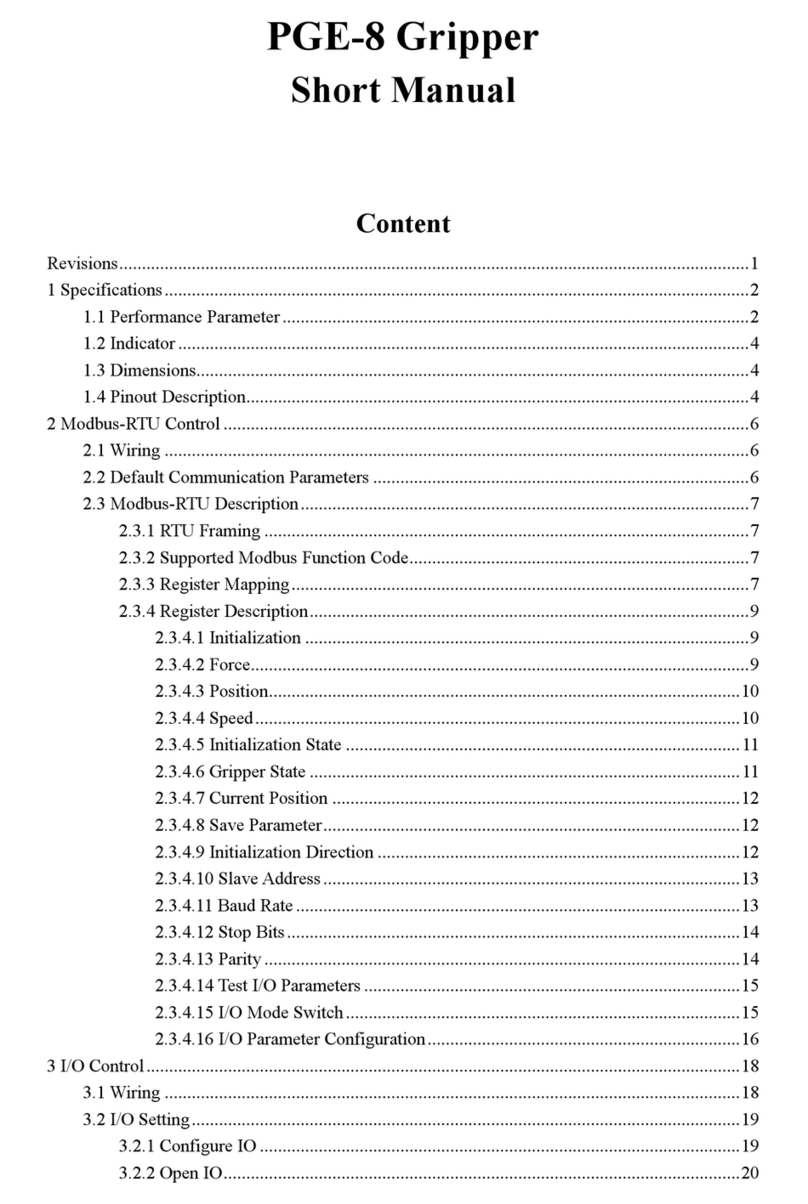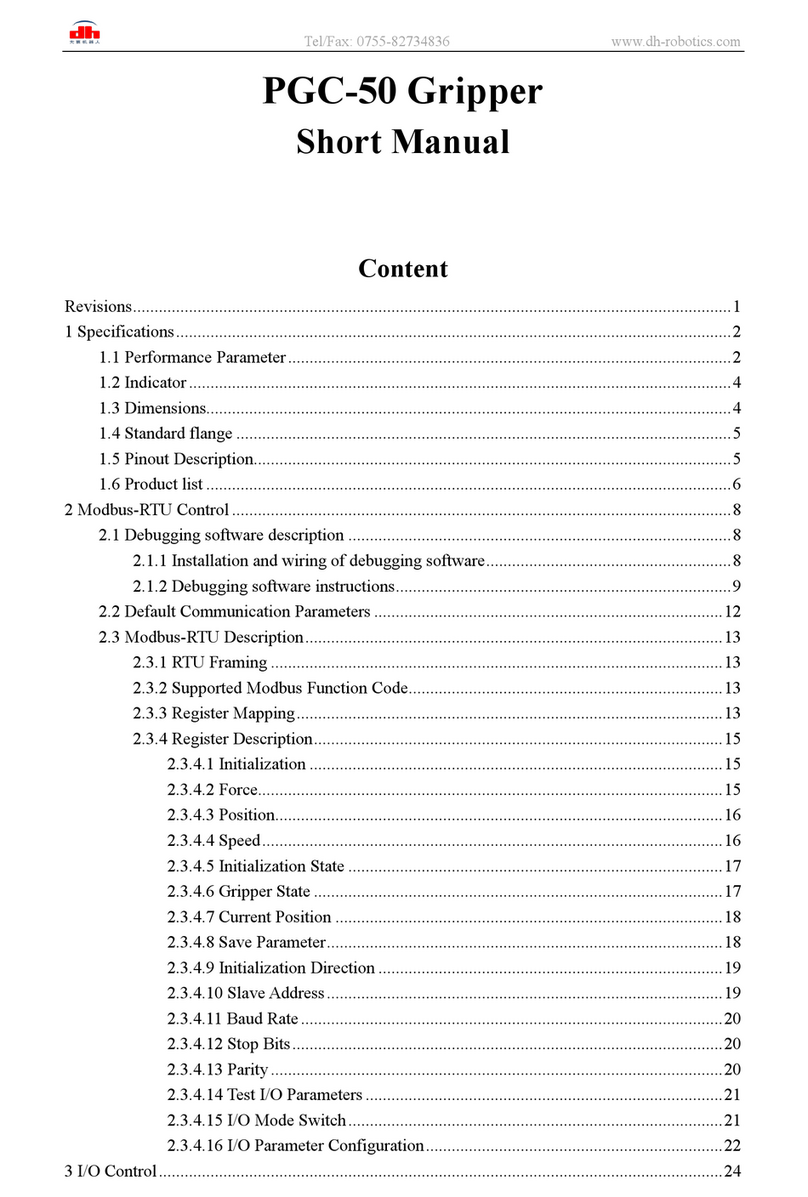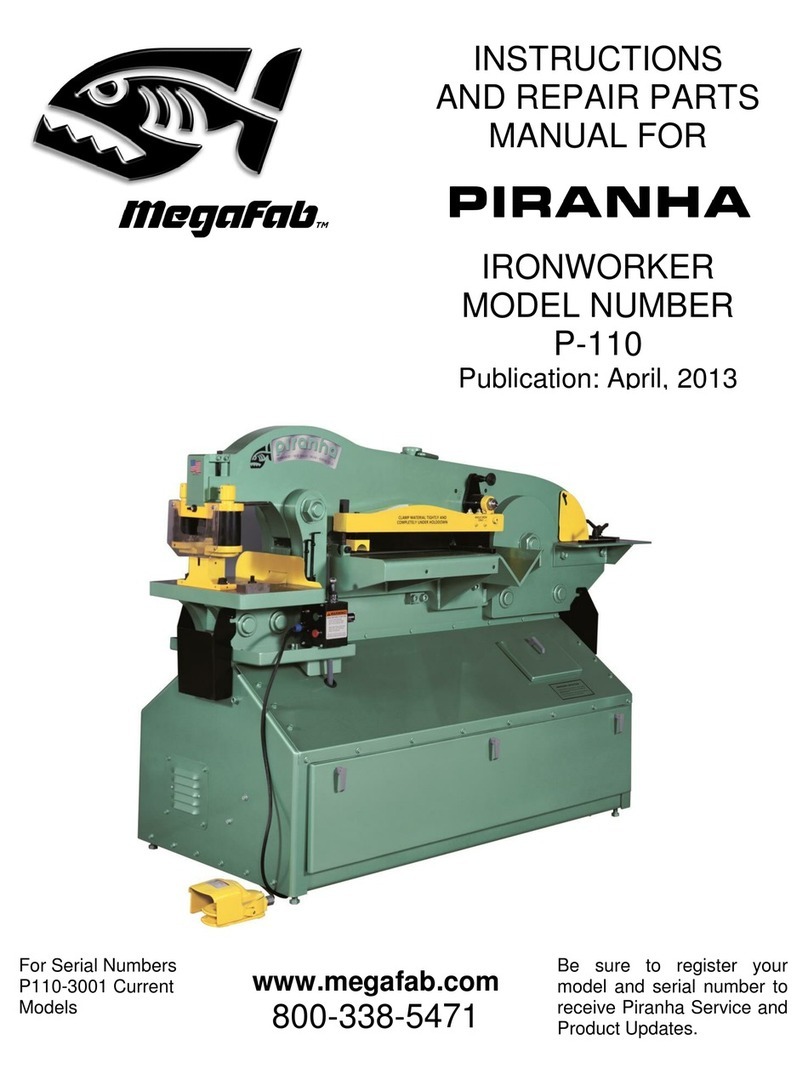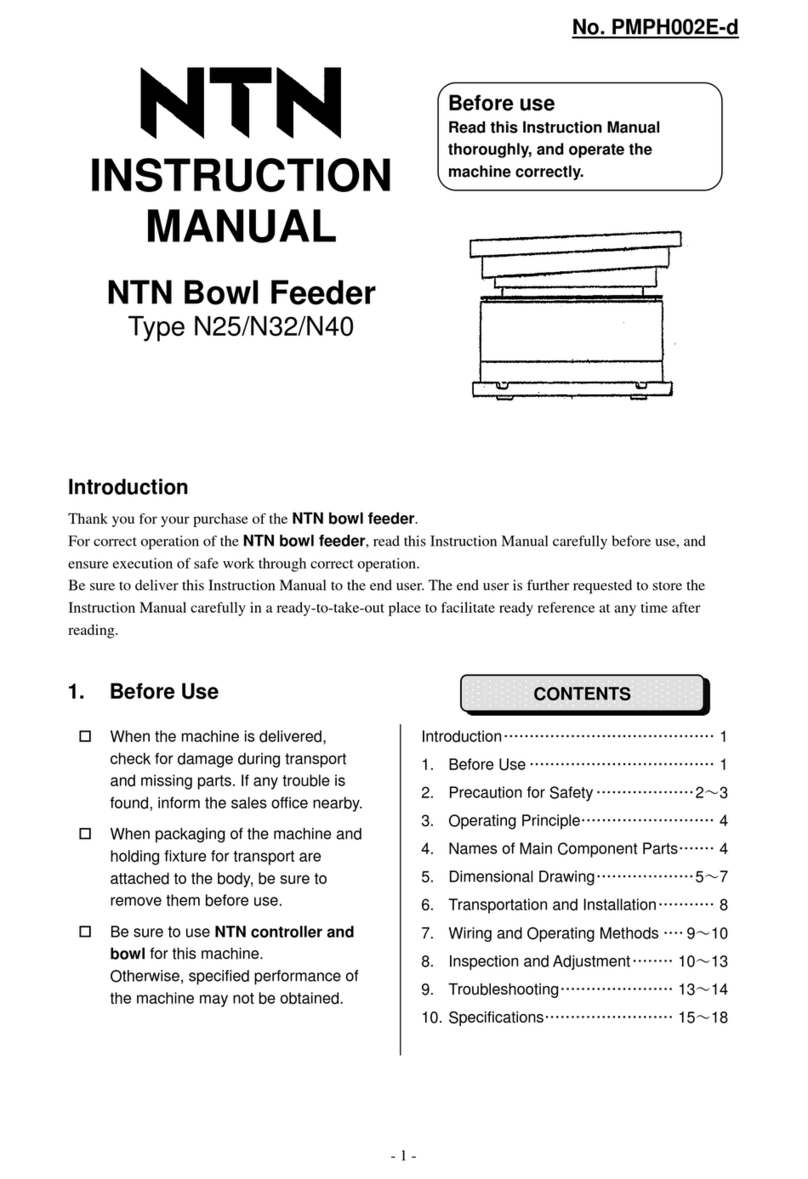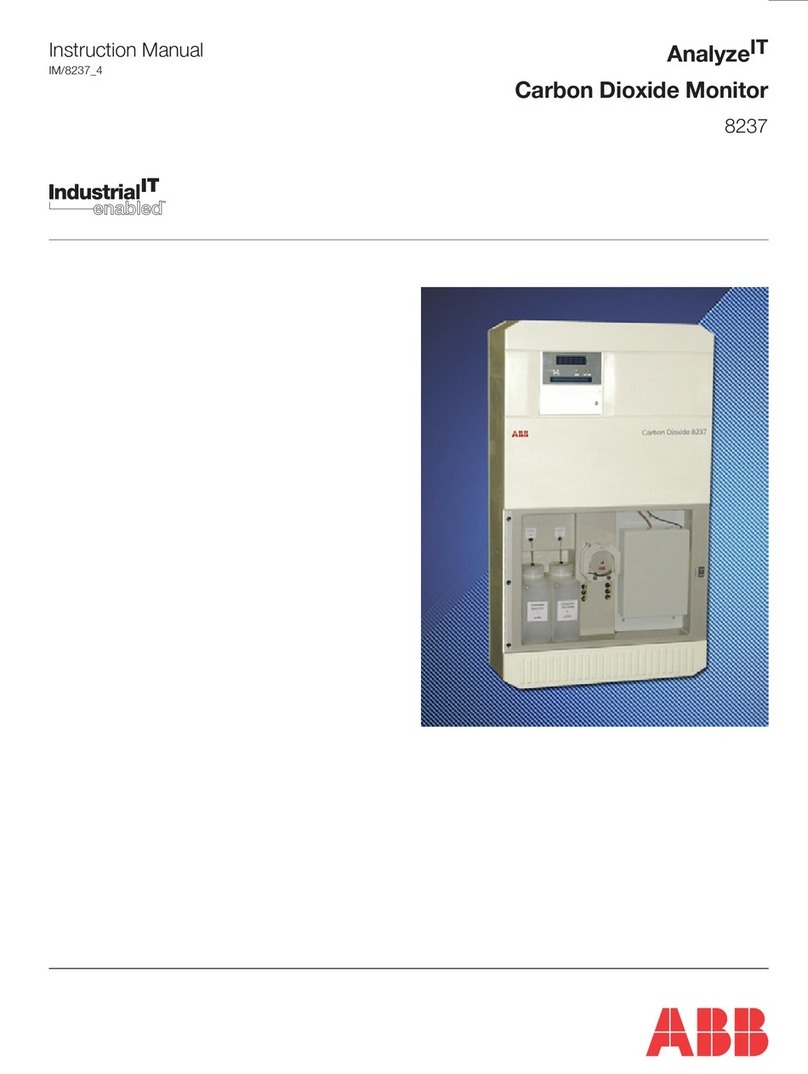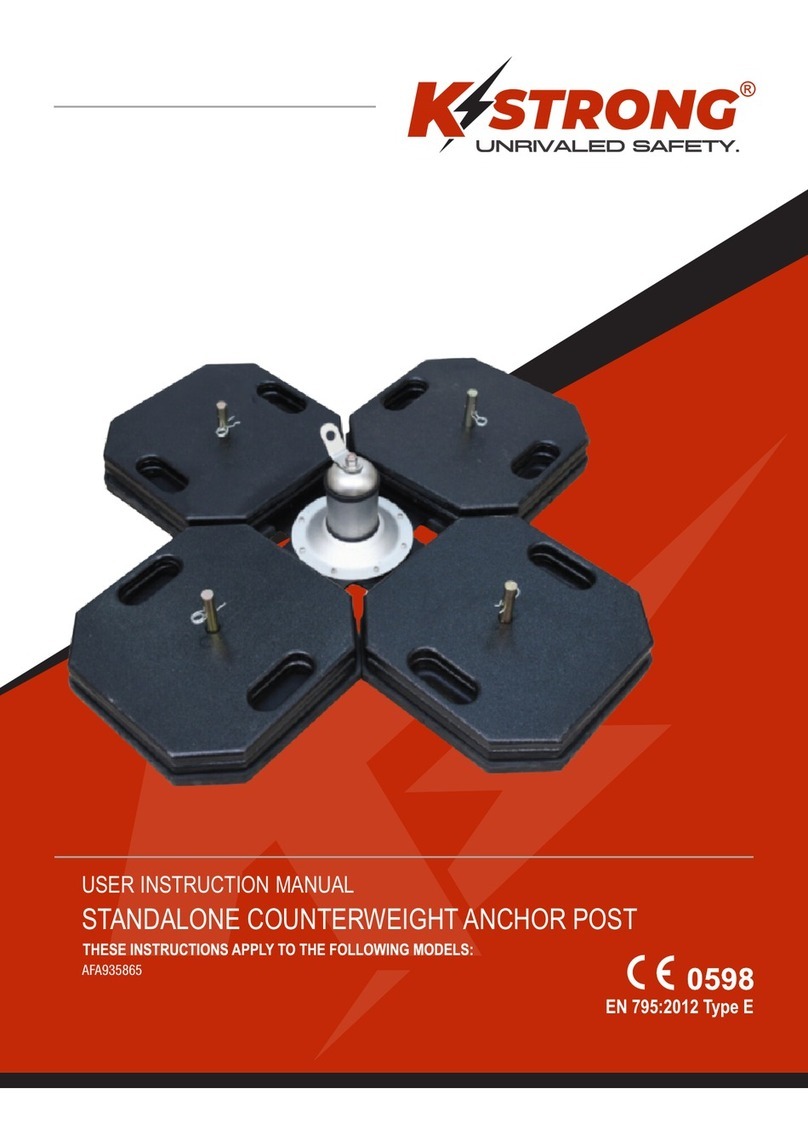DH RGI Series How to use

RGI-SERIES Gripper
Short Manual
Content
Revisions .............................................................................................................................................1
1 Specifications ...................................................................................................................................2
1.1 Indicator ................................................................................................................................2
1.2 Pinout Description ................................................................................................................ 3
2 Modbus-RTU Control ......................................................................................................................4
2.1 Wiring ................................................................................................................................... 4
2.1.1 Debugging software instructions ...............................................................................5
2.2 Default Communication Parameters .................................................................................... 8
2.3 Modbus-RTU Description .................................................................................................... 9
2.3.1 RTU Framing .............................................................................................................9
2.3.2 Supported Modbus Function Code ............................................................................9
2.3.3 Register Mapping .................................................................................................... 10
2.3.4 Register Description ................................................................................................ 11
2.3.4.1 Initialization ..................................................................................................11
2.3.4.2 Force ............................................................................................................. 12
2.3.4.3 Position .........................................................................................................13
2.3.4.4 Speed ............................................................................................................ 13
2.3.4.5 Rotation angle ...............................................................................................14
2.3.4.6 Rotation speed .............................................................................................. 15
2.3.4.7 Rotation force ...............................................................................................15
2.3.4.8 Initialization State ........................................................................................ 16
2.3.4.9 Gripper State .................................................................................................16
2.3.4.10 Current Position ..........................................................................................17
2.3.4.11 Rotating angle feedback ............................................................................. 17
2.3.4.12 Rotating initialization state feedback. ........................................................17
2.3.4.13 Rotating state feedback. ............................................................................. 18
2.3.4.14 Save Parameter ...........................................................................................18
2.3.4.15 Initialization Direction ............................................................................... 19
2.3.4.16 Slave Address ............................................................................................. 19
2.3.4.17 Baud Rate ................................................................................................... 20
2.3.4.18 Stop Bits ..................................................................................................... 20
2.3.4.19 Parity ...........................................................................................................21
2.3.4.20 Test I/O Parameters .................................................................................... 21
2.3.4.21 I/O Mode Switch ........................................................................................ 22
2.3.4.22 I/O Parameter Configuration ......................................................................23
3 I/O Control .....................................................................................................................................24

2
3.1 Wiring ................................................................................................................................. 25
3.2 I/O Setting ...........................................................................................................................25
3.2.1 Configure IO ............................................................................................................25
3.2.2 Open IO ................................................................................................................... 26
3.2.3 Save Settings ........................................................................................................... 27
3.2.4. Restart .....................................................................................................................27

1
Revisions
Date
Version
Revised content
20200426
V1.0
First edition, write wiring instructions and
command instructions
20200904
V2.0
Change some instructions , Update the
description of IO mode
20201010
V2.1
The structure of gripper is modified and the
structure is lengthened. Modify the picture
20210401
V2.2
Change the initialization description, add
diagrams and comments
20221108
V2.3
Correcting errors

2
1 Specifications
RGI-series is an electric rotary gripper, The number represents the Maximum stroke. The gripper
is equipped with a pair of parallel fingertips, which runs symmetrically during the movement. The
main structure of the gripper is a cuboid structure with three installation positions, which can meet
the different installation conditions of the equipment. It is equipped with an 8-core communication
interface, as shown in Figure 1.1. It has the following characteristics:
Controllable force/position/speed/angle: The gripper can program and adjust the grip position,
grip force ,grip speed and angle.
Multiple communication modes: The gripper supports Modbus RTU protocol and IO mode
control. Other communication protocols such as USB and ETHERNET can be transferred through
protocol converter.
Gripping detection: The combination of force control and position control is adopted in the
gripping process.
Gripping feedback: The state of the gripper can be read by programming, and can also be judged
according to the indicator of the gripper.
Fingertips can be customized: Fingertips can be replaced according to situation, which is
suitable for precision machining, parts assembly, and other fields.
1.1 Indicator
The gripper can feed back the state of the gripper in real time. In addition to the command reading,
it can also be judged on the color of the indicator:
Color description of indicator
·Uninitialize state: Red light blinks, other lights are off.
·Initialized State: the blue light is always on, indicating that it is in the operable state.
·Received command state: the red light blink once quickly (because the blue light is
always on at this time, the gripper indicator light will looks like a purple light).
·Object Caught state: green light is always on, other lights are off.
·Object dropped state: green light blinking.

3
1.2 Pinout Description
The line sequence definition on the gripper body is shown in Figure 1.1(a) and 1.1(b)
Figure 1.1 (a) The blue line marked diagram
Figure 1.1 (b) The yellow line marked diagram
ote: Please distinguish the wire sequence according to the wire mark. If the wire mark is lost,
dropped, or forgotten, please contact our staff to cooperate in determining the wire sequence.
If you do not contact our staff, the clamping jaws will be damaged due to the wrong wiring
sequence, and you will be responsible for the consequences.

4
2 Modbus-RTU Control
2.1 Wiring
Use the provided RS-485 to USB converter (see the schematic in Figure 1.1 below) to plug into a
PC or other Controllers.
Figure 2.1 RS485 Connection
Wiring instructions
·①:when the device (computer) has RS485 interface, the communication can be
directly connected to RS485_A and RS485_B communication lines without transferring
to 485 module through USB
·②:in this way, other serial port debugging software (such as MODBUS poll) can be
used for debugging
Software can be downloaded on the official website. Software and driver are integrated in the
process of software installation, and both are installed together. It is recommended to check the
create shortcut during installation.

5
Figure 2.2 (a) installation interface 1
Figure 2.2 (b) driver installation interface
2.1.1 Debugging software instructions
Before use, it is necessary to connect the corresponding wiring according to the instructions.
Open the software, the software will automatically identify the serial port, baud rate, ID number
and other information of the gripper for automatic connection. As shown in the figure below:

6
Figure 2.3 main control interface
The specific interface description is as follows:
Interface description
·①Initialization and demonstration mode: the gripper needs to be initialized before
operation to calibrate the zero point. The demonstration mode is a cyclic program.
·②Control interface: it can control the position, force and speed of the gripper.
·③Clamping status: real time display of clamping status of clamping claw.
·④Position current real time graph: real time display position and current. The
current represents the current of the internal motor, not the current actually consumed by
the gripper. The current real-time graph can reflect the stability of clamping force.
·⑤Parameter setting: the configuration parameters of Modbus RTU, such as baud
rate and check bit, can be configured; IO mode is to configure the parameters related to
IO mode;
The gripper body uses Modbus RTU for communication, and can read and write data into the
register. The data can be read and written at the view register. The data includes control, feedback,
user parameters and I/O parameters as shown in the following figure:

7
Figure 2.4 View
If there are multiple 485 devices, sometimes the baud rate and ID number of the gripper need to be
modified, the parameters can be modified in Modbus RTU parameters
Figure 2.5 Modbus RTU parameters
You can set and configure the gripper I / O parameters in [I / O parameters]. After modifying the
parameters, please click Save button to save. The following figure shows the operation of opening
IO mode:

8
Figure 2.6 Modbus RTU parameters
The steps of switching IO are as follows:
Steps to switch IO mode
·①Open IO mode: open IO mode first.
·②Configure four groups of IO parameters: set the four groups of parameters of
gripper, including position, force and speed.
·③Save: click the Save button to write the parameters to the internal register of flash,
and restart to control.
·④Restart: after the restart, the switch to IO mode is successful. You can control the
gripper according to the input signal, and the running status will be fed back through
output.
2.2 Default Communication Parameters
Slave Address :1
Baud Rate :115200
Data Bits :8 bits
Stop Bits :1 stop bit
Parity :None

9
2.3 Modbus-RTU Description
2.3.1 RTU Framing
This gripper uses the standard Modbus-RTU protocol.
In RTU mode, the first field is the device address. The allowable characters transmitted for all
fields are hexadecimal 0 ... 9, A ... F. Networked devices monitor the network bus continuously,
including during the silent intervals. When the first field (the address field) is received, each
device decodes it to find out if it is the addressed device.
A typical message frame is shown in Table 2.1.
Table 2.1 RTU Framing (Function Code:0x06)
Slave Address
Function
Register address
Register data
CRC
01
06
01 00
00 01
49 F6
Slave Address: The Slave address of the gripper. The default is 1, you can also modify it through
write different value to Slave Address register.
Function: The Function Code field tells the addressed slave what function to perform. Includes
read or write registers function.
Register address: Specifies which registers reference to be written.
Register data: Specifies which value to be written. Each register (word - 16 bits) of the Modbus
RTU protocol is composed of 2 bytes (8 bits) from the Gripper.
CRC: the CRC error-checking field contains a 16-bit value implemented as two eight-bit bytes.
The CRC field is appended to the message as the last field in the frame. The low-order byte of the
field is appended first, followed by the high-order byte. The CRC high-order byte is the last byte
to be sent in the message.
2.3.2 Supported Modbus Function Code
This griper uses MODBUS- RTU. The following function codes are currently supported:
03 (HEX): Read Holding Registers
06 (HEX): Write Single Register
10 (HEX): Write Multiple Registers

10
2.3.3 Register Mapping
The gripper’s Modbus-RTU registers consist of two types of registers: the basic control registers
and the configuration registers.
Basic control registers: initialization, force setting, reference position, speed, and some states.
Configuration registers: gripper’s parameter configuration. Includes Modbus communication
parameters and I/O parameters.
Table 2.2 Basic Control register map
Function
high-
byte
low- byte
Description
Write
Read
Initialization
0x01
0x00
Initialize the
gripper
0x01:initialization;
0xA5: Fully
initialization
Current setting
Force
0x01
Gripper’s
force
20-100 (%)
Force
currently set
Reserved
0x02
-
-
-
Position
0x03
Position
0-1000 (‰)
Reference position currently
set
Speed
0x04
Speed
1-100 (%)
Speed
currently set
Rotation
angle
0x05
Rotate to the
specified
angle.
-32768-32767,angle
value.
Read the current setting
Reserved
0x06
-
-
-
Rotation
speed
0x07
Rotate at a set
speed.
1-100%
Read the current setting.
Rotation
force
0x08
Rotate at a set
force.
20-100%
Read the current setting.
Initialization
state
0x02
0x00
Initialization
state of the
gripper
Read Only
0:Uninitialized;
1:Initialized
2:Initializing
Gripper state
0x01
Gripper state
Read Only
0:In motion;
1:Reach position;
2:object caught;
3:Object dropped
Position
0x02
gripper
position
Read Only
Current actual position
Rotating
angle
feedback.
0x08.
Feedback on
the current
rotation angle.
Cannot be written.
Read the current value.
Rotating
initialization
state
feedback.
0x0A.
Feedback
rotation
initialization
state.
Cannot be written.
0:Uninitialized;
1:Initialized successfully.
2:Initializing
Rotating
state
feedback.
0x0B.
Feedback
rotation state.
Cannot be written.
0: In motion,
1 : reaching the angle;
2: blocking;
3: blocked during reaching
the specified position.

11
Table 2.3 Configuration register map
Function
High
byte
Low bytes
Description
Write
Read
Save
Parameter
0x03
0x00
Save all the
parameters
0:default,1:Write all
parameters to save
0
Initialization
direction
0x01
Configure
initialization direction
0: Open,1:Close
(default: 0)
Current
setting
Slave Address
0x02
Configure gripper
Modbus address
0-255 (default: 1)
Current
setting
Baud Rate
0x03
Configure gripper
Modbus Baud rate
0-5:115200,57600,
38400,
19200,
9600,
4800
(default :0)
Current
setting
Stop Bits
0x04
Configure gripper
Modbus stop bits
0:1 stop bit;
1:2 stop bits
(default: 0)
Current
setting
Parity
0x05
Configure gripper
Modbus Parity
0: None parity;
1: Odd parity;
2: Even parity (default: 0)
Current
setting
I/O
Parameters
Test
0x04
0x00
Test I/O parameters
1;2;3;4
Current
setting
I/O Mode
Switch
0x02
I/O control switch
0:OFF,1:ON
Current
setting
I/O Parameter
Configuration
0x05-0x10
Four groups of I/O
parameters
position 1,
force 1,
speed 1
to position 4,
force 4,
speed
4
Current
setting
2.3.4 Register Description
2.3.4.1 Initialization
This register is used to initialize the gripper.
Write: If write 1 (0x01 hex) to this register, the gripper will be initialized (fingers move to the
minimal or maximum position and rotation to find the 0 degree The initialization direction
depends on the value of initialization direction register). If write 165 (0xA5 hex) to this register
will fully initialize the gripper( find the minimal and maximum position).
Read: if gripper need to be initialized or have initialized, this register value is 0; and if gripper is
in initializing process, this register value is 1.

12
The register address is 0x0100. The description of this register is shown in Table 2.4.
Table 2.4 Initialization
Function
Address
Description
Write
Read
Initialization
0x0100
Initialize the
gripper
0x01:initialize;
0xA5: Fully initialize
Current setting
The gripper needs to be initialized before control.
The sample command is as follows:
Initialize (write):
Send: 01 06 01 00 01 49 F6
Receive: 01 06 01 00 01 49 F6
Reinitialize(write):
Send:01 06 01 00 00 A5 48 4D
Receive: 01 06 01 00 00 A5 48 4D
2.3.4.2 Force
This register is used to set Force. It defines the current for the Gripper. If the current limit is
exceeded, the fingers stop and trigger an object detection.
The address is 0x0101. The description of this register is shown in Table 2.5.
Table 2.5 Force
Function
Address
Description
Write
Read
Force
0x0101
Gripper’s
closing force
20-100 (%)
Force
currently set
The force value range is 20-100, the corresponding value is 00 14–00 64(Hexadecimal).
Example:
Set 30% closing force (write):
Send: 01 06 01 01 1E 59 FE
Return: 01 06 01 01 1E 59 FE
Read the closing force currently set (read):
Send: 01 03 01 01 00 01 D4 36
Return: 01 03 02 xx xx crc1 crc2

13
2.3.4.3 Position
This register is used to set the reference position of gripper's fingers, then the fingers will move to
the position immediately.
The address is 0x0103. The description of this register is shown in Table 2.6.
Table 2.6 Position
Function
Address
Description
Write
Read
Position
0x0103
Reference
Position
0-1000 (‰)
Reference position
currently set
The reference position value range is 0-1000 (‰), the corresponding value is 00 00 – 03
E8(Hexadecimal).
Example:
Set 500‰position (write):
Send: 01 06 01 03 01 F4 78 21
Return: 01 06 01 03 01 F4 78 21
Read the reference position currently set(read):
Send: 01 03 01 03 00 01 75 F6
Return: 01 03 02 xx xx crc1 crc2
2.3.4.4 Speed
This register is used to set the Gripper closing and opening speed.
The address is 0x0104. The description of this register is shown in Table 2.7.
Table 2.7 Speed Instructions
Function
Address
Description
Write
Read
Speed
0x0104
Speed
1-100 (%)
Speed
currently set
The speed value range is 1-100 ,The corresponding value is 00 01 – 00 64(Hexadecimal).
Example:
Set 50% speed (write):
Send: 01 06 01 04 00 32 48 22
Return: 01 06 01 04 00 32 48 22
Read the current speed (read):
Send: 01 03 01 04 00 01 C4 37
Return: 01 03 02 xx xx crc1 crc2

14
2.3.4.5 Rotation angle
This register is used to set the gripper angle of rotation.
The address is 0x0105. The description of this register is shown in Table 2.8.
Table 2.8 The angle of rotation
Function
Address
Description
Write
Read
Rotation
angle
0x0105
Rotate to the
specified angle.
-32768-32767
Read the current
setting
The amgle of rotation is -32768-32767,The corresponding value is
0x8000–0x7FFF(Hexadecimal).
Example:
Set 180% angle (write):
Send: 01 06 01 05 00 B4 98 40
Return: 01 06 01 05 00 B4 98 40
Read the current angle (read):
Send: 01 03 01 05 00 01 95 F7
Return: 01 03 02 xx xx crc1 crc2
Be careful
·Rotation angle is represented by a reverse code.
If the rotation angle is positive, the reverse code of positive number is the same as the
original code.
For example, the inverse code of 360° is 0168 (0x).
Set 360% angle: 01 06 01 05 01 68 98 49
When the rotation angle is negative, the inverse code of negative number is the reverse of
positive number bit by bit, and the sign bit is 1.
For example, the inverse code of - 360° is FE98 (0x).
Set -360% angle: 01 06 01 05 FE 98 D9 FD

15
2.3.4.6 Rotation speed
This register is used to set the speed of rotation.
The address is 0x0107. The description of this register is shown in Table 2.9.
Table 2.9 The speed of rotation
Function
Address
Description
Write
Read
Rotation speed
0x0107
Rotate at a set
speed.
1-100%
Read the current
setting.
The speed of rotation is 1-100(%),The corresponding value is 0x0001 –0x0064(Hexadecimal).
Example:
Set 50% rotation speed (write):
Send: 01 06 01 07 00 32 B8 22
Return: 01 06 01 05 00 B4 B8 22
Read the current speed (read):
Send: 01 03 01 07 00 01 34 37
Return: 01 03 02 xx xx crc1 crc2
2.3.4.7 Rotation force
This register is used to set the force of rotation.
The address is 0x0108. The description of this register is shown in Table 2.10.
Table 2.9 The force of rotation
Function
Address
Description
Write
Read
Rotation force.
0x0108
Rotate at a set
force
20-100%
Read the current
setting.
The force of rotation is 20-100(%),The corresponding value is 0x0014 –0x0064(Hexadecimal).
Example:
Set 50% force (write):
Send: 01 06 01 08 00 32 88 21
Return: 01 06 01 05 00 B4 88 21
Read the current force (read):
Send: 01 03 01 07 00 01 34 37
Return: 01 03 02 xx xx crc1 crc2

16
2.3.4.8 Initialization State
This register is used to store current initialization state of gripper, you can get the initialization
state by reading this register.
The address is 0x0200. The description of this register is shown in Table 2.11.
Table 2.11 Initialization State
Function
Address
Description
Write
Read
Initialization
State
0x0200
Initialization state
of the gripper
Read Only
0:Uninitialized;
1:Initialized
2:Initializing
Example:
Read initialization state (read):
Send: 01 03 02 00 00 01 85 B2
Return: 01 03 02 00 00 B8 44
2.3.4.9 Gripper State
This register is used to store the Gripper state, you can get the state of gripper by reading this
register.
And the address is 0x0201. The description of this register is shown in Table 2.12.
Table 2.12 Gripper State
Function
Address
Description
Write
Read
Gripper State
0x0201
the gripper state
Read
Only
0:In motion;
1:
Reached position;
2:
Object caught;
3:Object dropped
States Description
Different values indicate different states of the gripper. The descriptions of states are as
follows:
·00: Fingers are in motion .
·01: Fingers are at reference position. No object detected or object has been dropped.
·02: Fingers have stopped due to an object detection.
·03: Fingers are at reference positon due to object has been dropped after the gripper
caught object.
Example:
Read gripper state (read):
Send: 01 03 02 01 00 01 D4 72
Return: 01 03 02 00 02 39 85(02: object caught)

17
2.3.4.10 Current Position
This register is used to store the Actual position of the Gripper.
The address is 0x0202. The description of this register is shown in Table 2.13.
Table 2.13 Current Position
Function
Address
Description
Write
Read
Current Position
0x0202
Gripper actual position
Read Only
Current actual
position
Example:
Read actual position (read):
Send: 01 03 02 02 00 01 24 72
Return: 01 03 02 xx xx crc1 crc2
2.3.4.11 Rotating angle feedback
This register is used to store the Actual rotating angle of the Gripper.
The address is 0x0208. The description of this register is shown in Table 2.14.
Table 2.14 Rotating angle feedback.
Function
Address
Description
Write
Read
Rotating angle
feedback.
0x0208.
Feedback on the current
rotation angle.
Cannot be
written.
Read the current
value.
Example:
Read actual rotation angle (read):
Send: 01 03 02 08 00 01 04 70
Return: 01 03 02 xx xx crc1 crc2
2.3.4.12 Rotating initialization state feedback.
This register is used to store the Rotating initialization state feedback. of the Gripper.
The address is 0x020A. The description of this register is shown in Table 2.15.
Table 2.15 Rotating initialization state feedback.
Function
Address
Description
Write
Read
Rotating
initialization state
feedback.
0x020A.
Feedback rotation
initialization state.
Cannot be
written.
0:Uninitialized;
1:Initialized.
2:Initializing
Example:
Read actual Rotating initialization state feedback (read):
Send: 01 03 02 0A 00 01 A5 B0
Return: 01 03 02 xx xx crc1 crc2

18
2.3.4.13 Rotating state feedback.
This register is used to store the Rotating state feedback. of the Gripper.
The address is 0x020B. The description of this register is shown in Table 2.16.
Table 2.16 Rotating state feedback.
Function
Address
Description
Write
Read
Rotating state
feedback.
0x020B.
Feedback rotation state.
Cannot be
written.
0: In motion,
1 : reaching the
position;
2: blocking;
3: had been blocked
during reaching the
specified position.
Example:
Read actual Rotating state feedback (read):
Send: 01 03 02 08 00 01 04 70
Return: 01 03 02 xx xx crc1 crc2
2.3.4.14 Save Parameter
This register is used to Save Parameter.
Write 1 to this register to save all parameter, If you modified the I/O or communication
parameters.
The address is 0x0300. The description of this register is shown in Table 2.17.
Table 2.17 Save Parameter
Function
Address
Description
Write
Read
Save
Parameter
0x0300
Save register’s
value to Flash
0:default,
1:Save all parameters
0
Example:
Save Parameter (Write):
Send: 01 06 03 00 00 01 48 4E
Return: 01 06 03 00 00 01 48 4E
NOTE
·The Saving process will take 1-2 seconds, and the gripper won’t response to other
command during this process. The gripper will response this command after saving
process finished.
Table of contents
Other DH Industrial Equipment manuals
Popular Industrial Equipment manuals by other brands
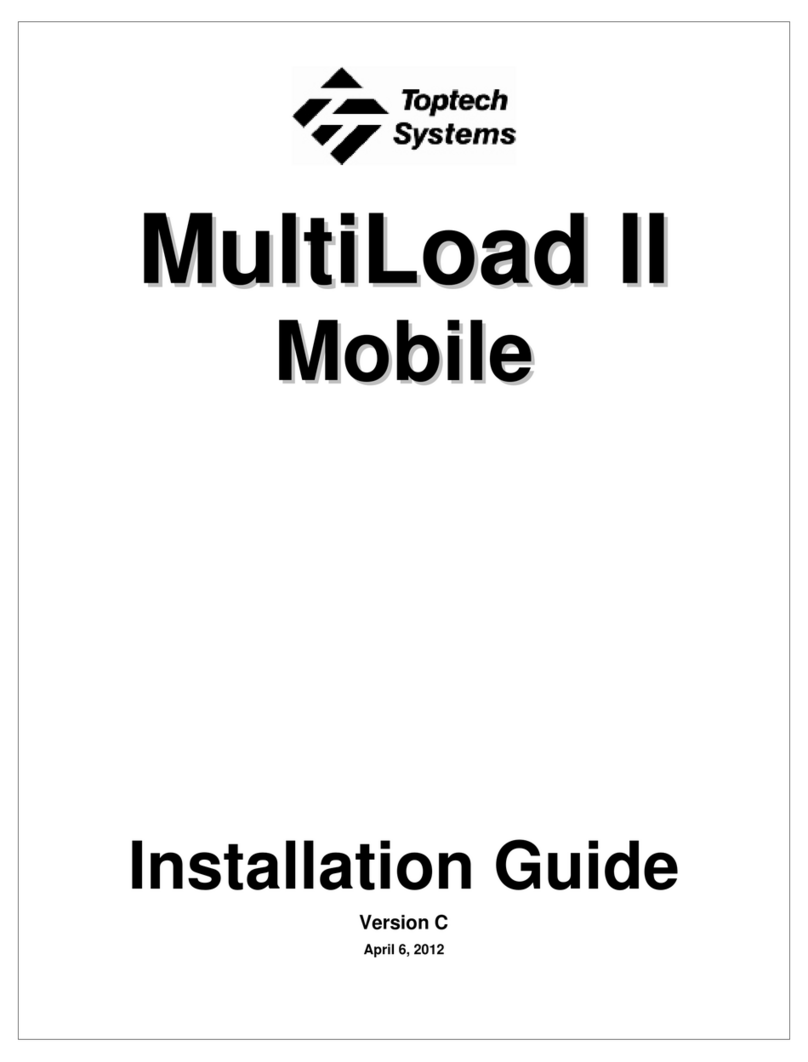
Toptech
Toptech MultiLoad II installation guide
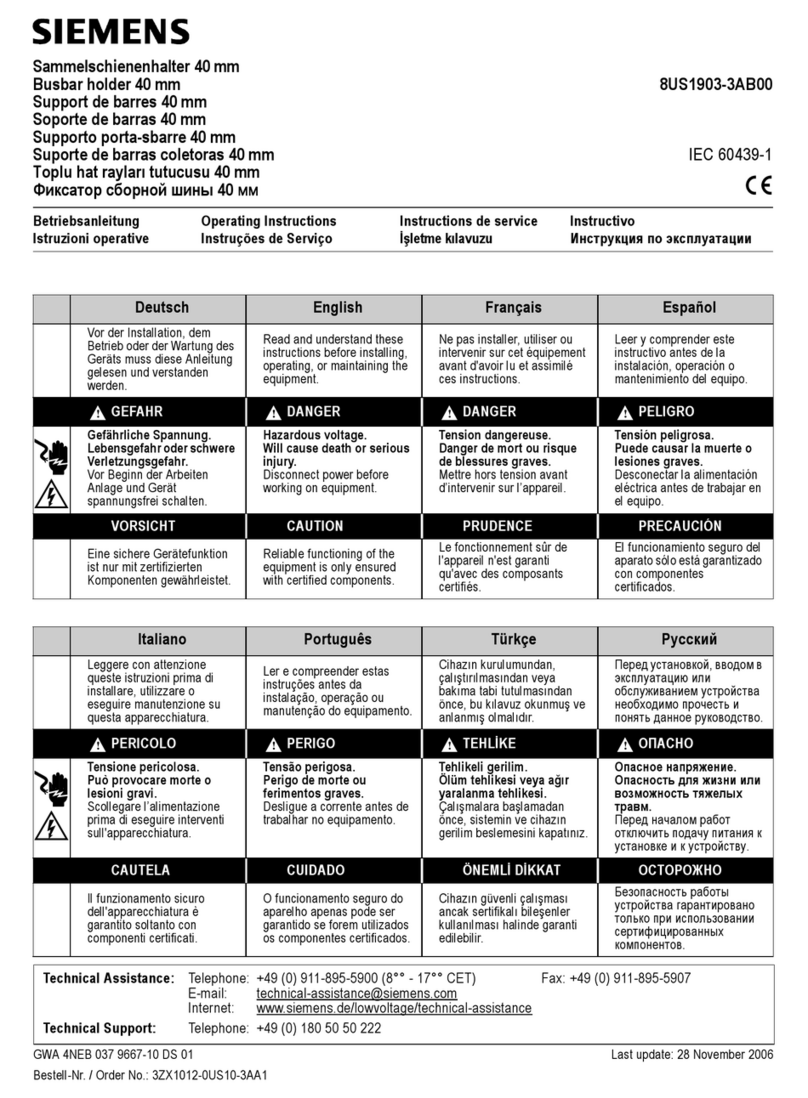
Siemens
Siemens 8US1903-3AB00 operating instructions
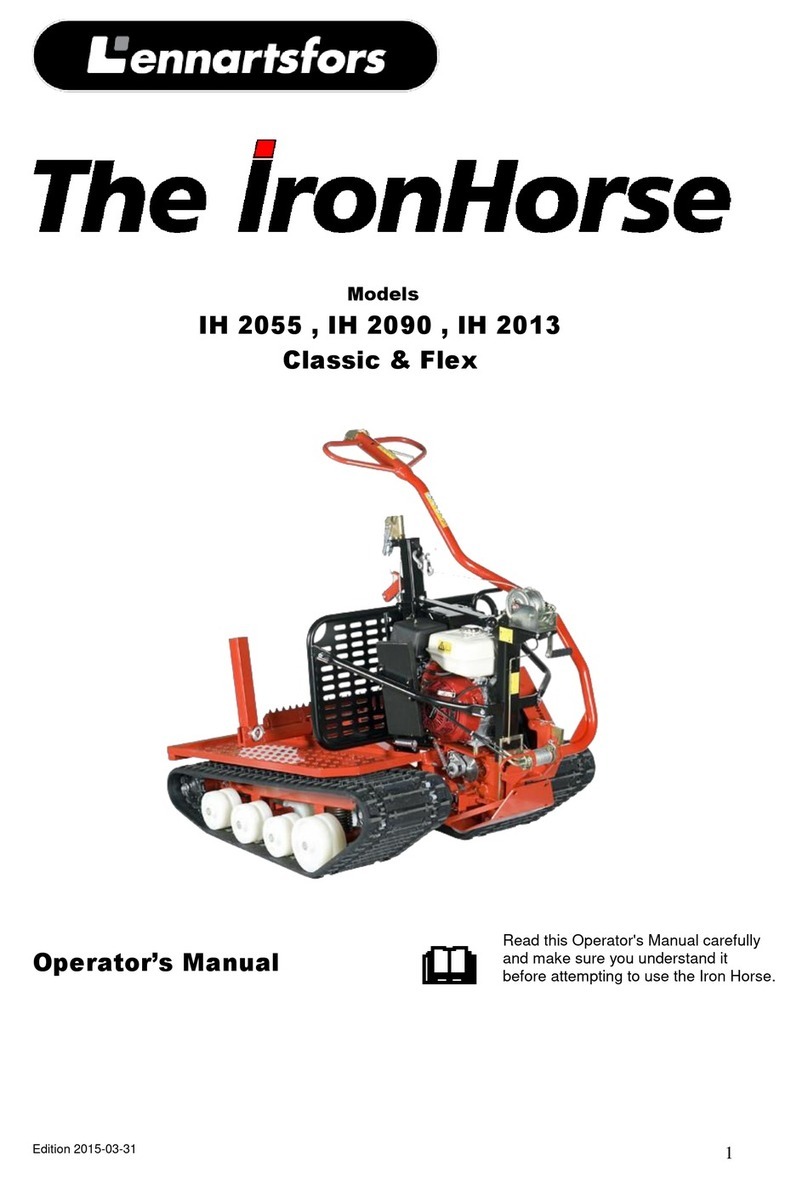
Lennartsfors
Lennartsfors IronHorse IH 2055 Classic Operator's manual
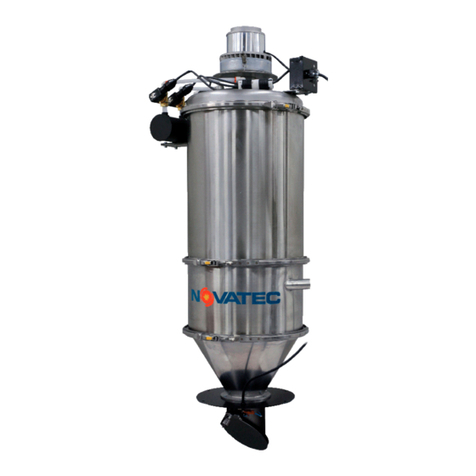
MAGUIRE
MAGUIRE NOVATEC VL Series instruction manual
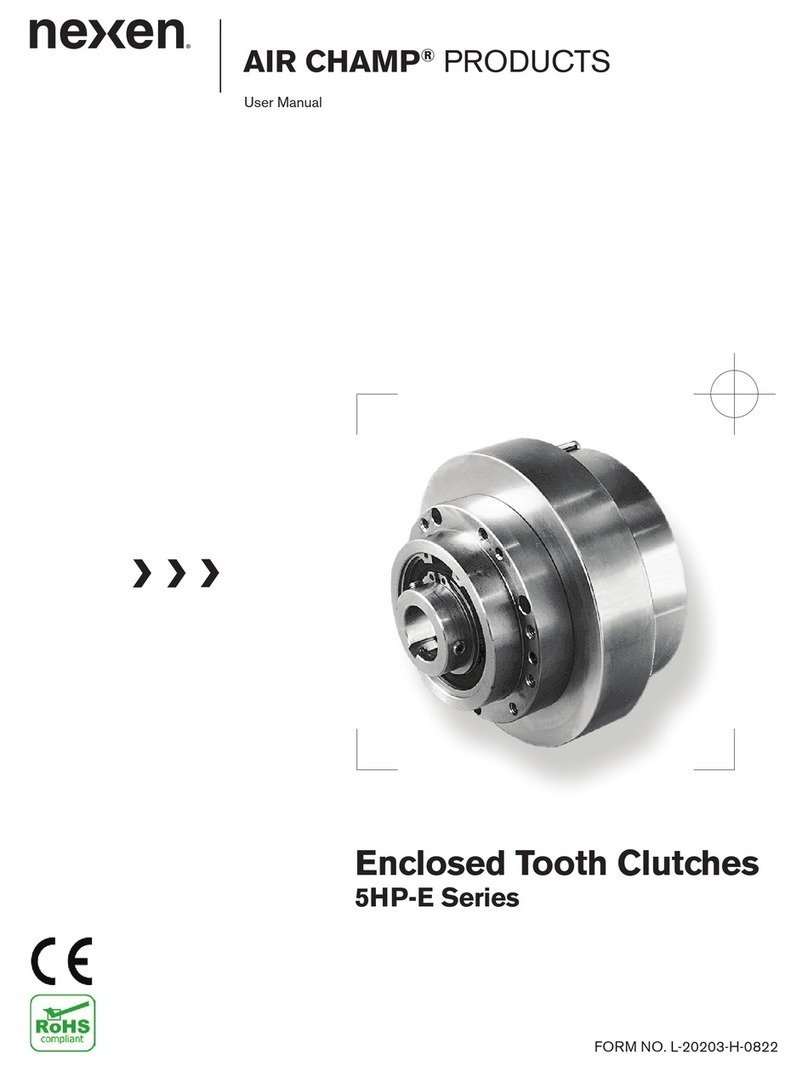
Nexen
Nexen AIR CHAMP 5HP-E Series user manual
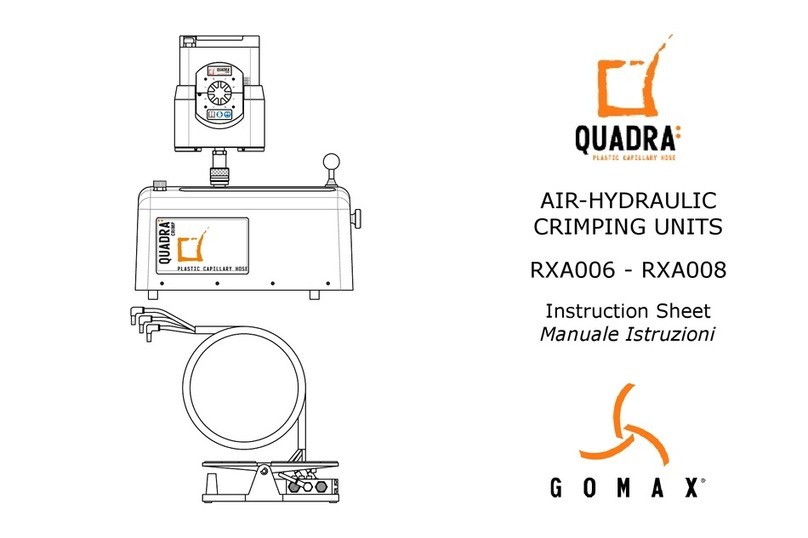
Gomax
Gomax QUADRA RXA006 instruction sheet
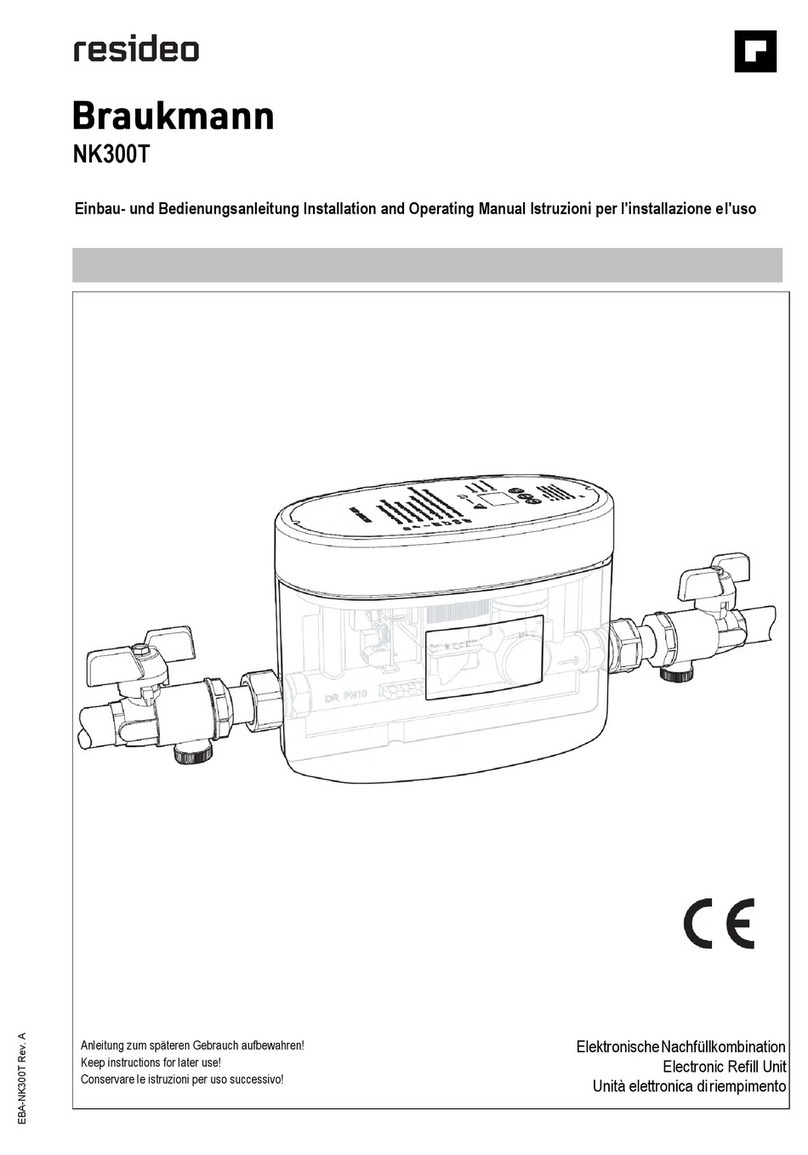
resideo
resideo Braukmann Installation and operating manual
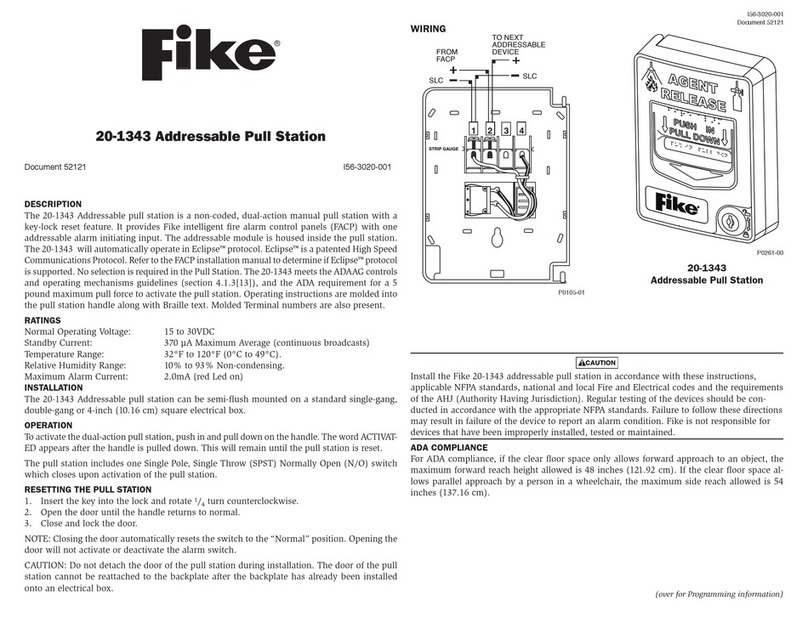
Fike
Fike 20-1343 quick start guide
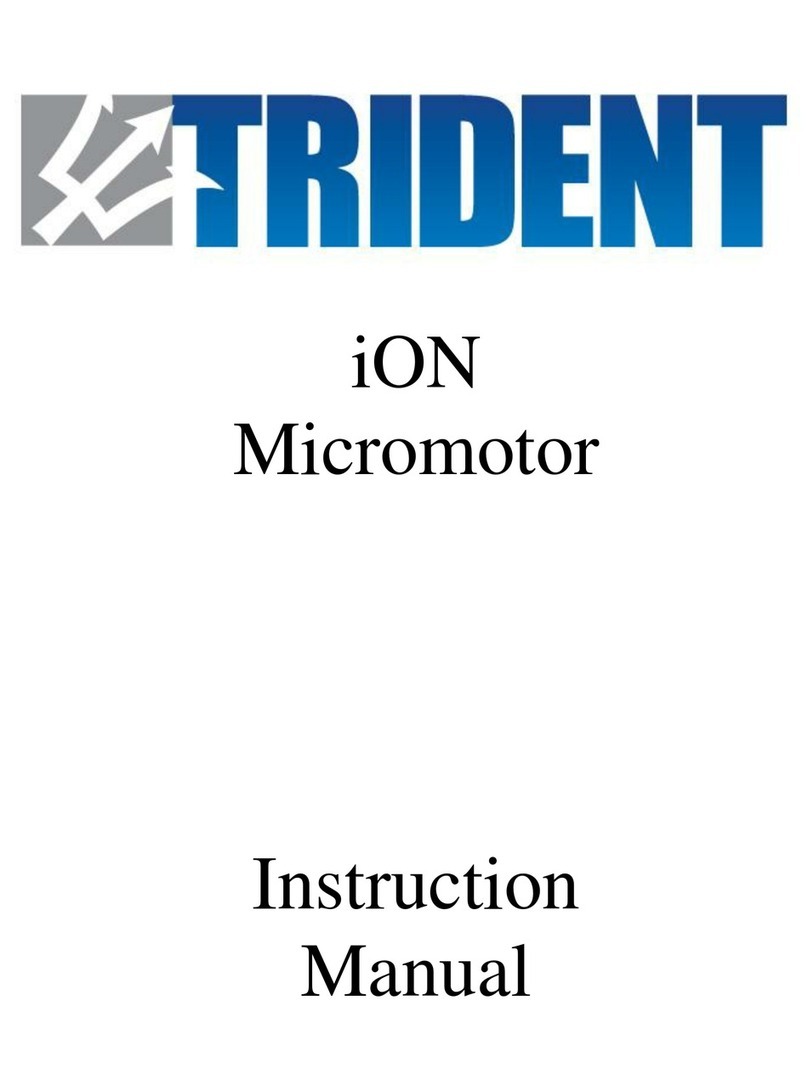
Trident
Trident iON instruction manual
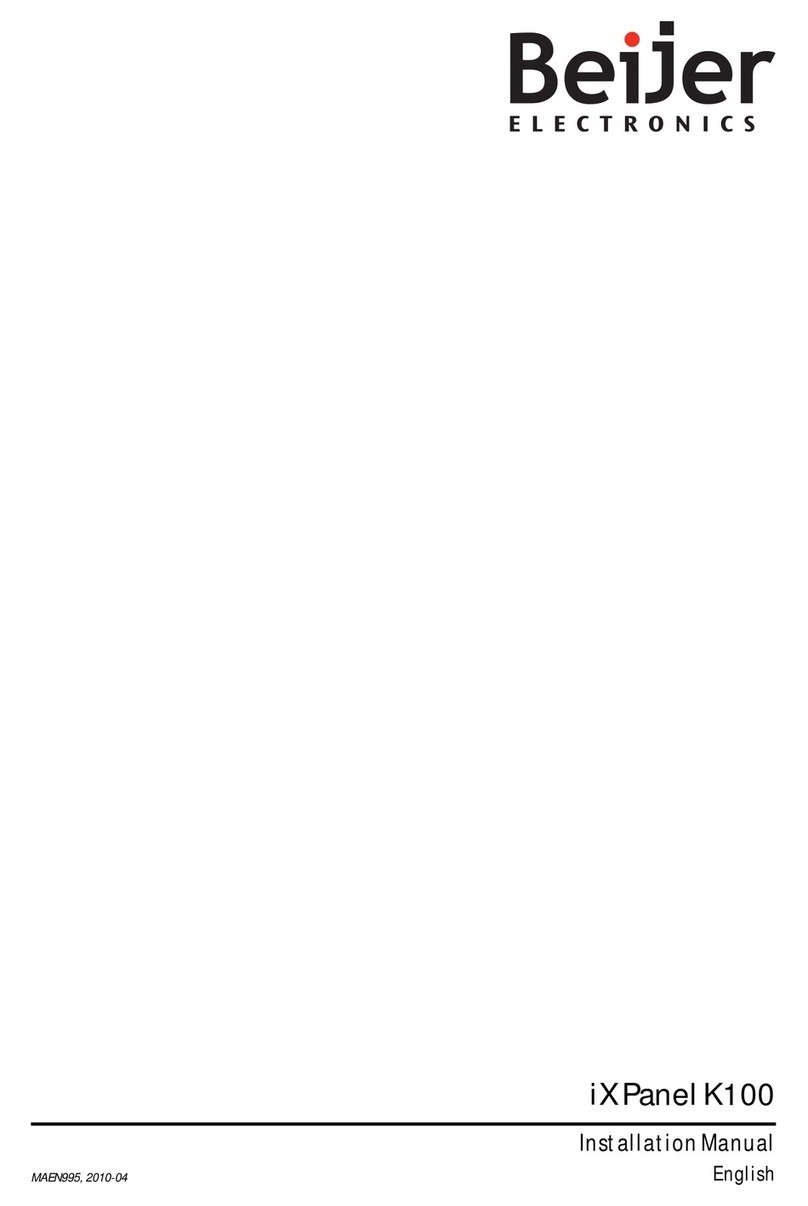
Beijer Electronics
Beijer Electronics iX Panel K100 installation manual
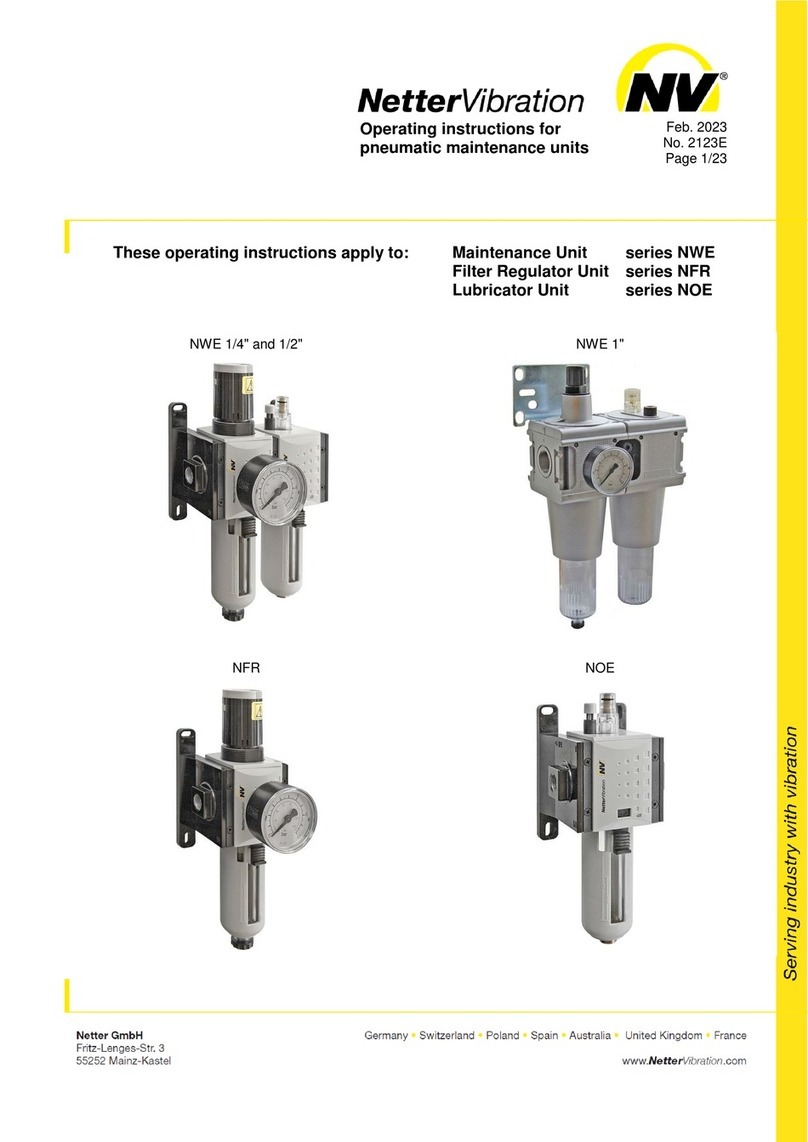
NetterVibration
NetterVibration NWE Series operating instructions
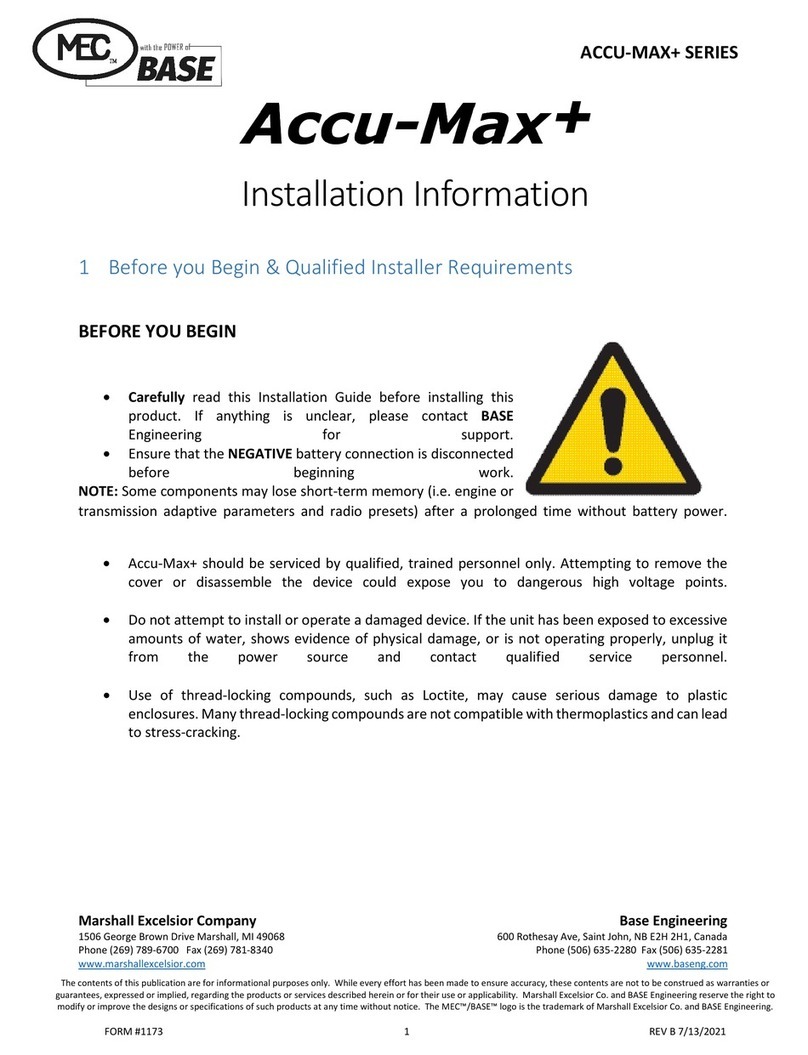
Marshall Excelsior
Marshall Excelsior Accu-Max+ Series Installation information
